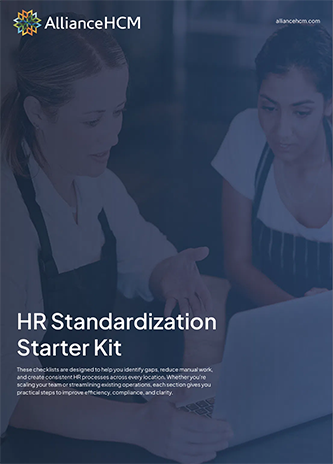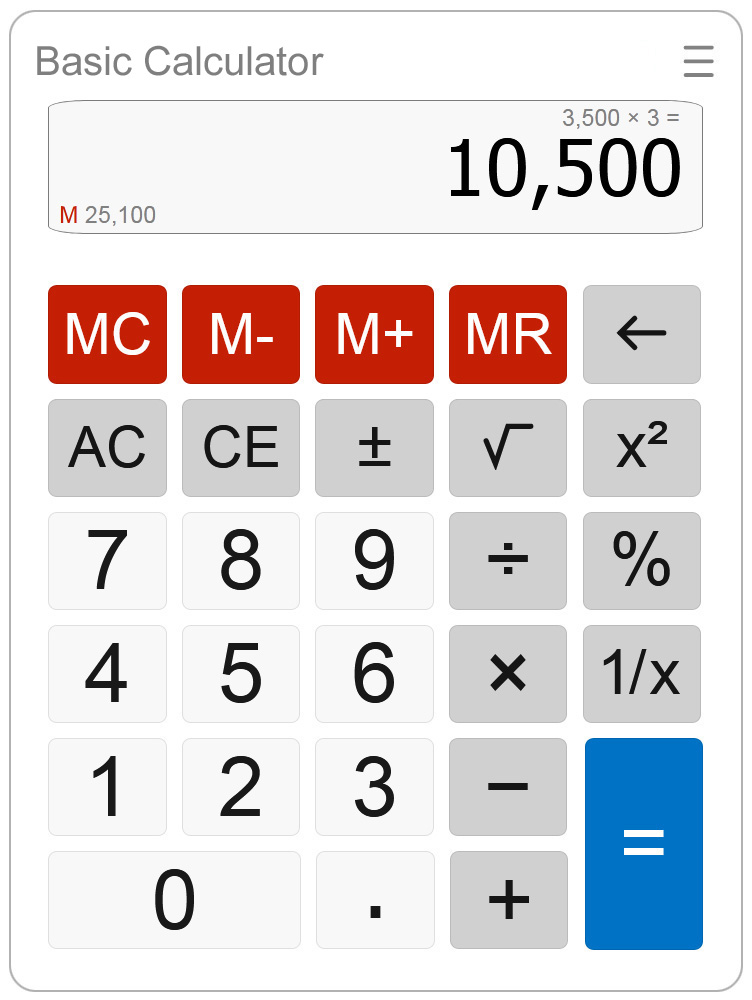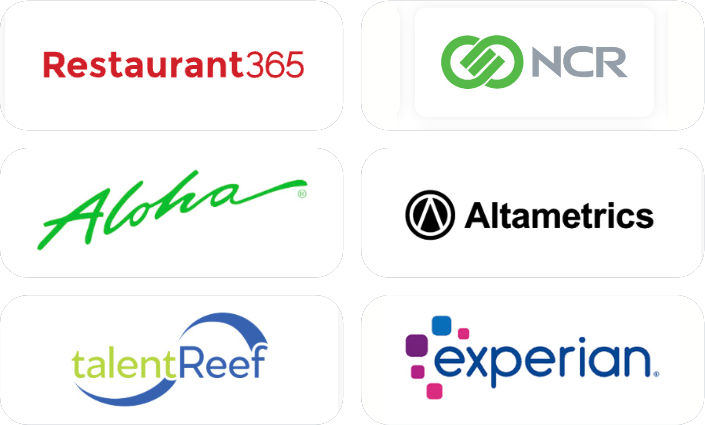Effective onboarding is an essential part of any successful organization–it is the only time a company can make a great first impression on its employees. Unfortunately, many companies make the mistake of thinking that onboarding is just a day-long orientation and filling out forms. The reality is that onboarding is a multifaceted process that gives employees a great experience and reinforces that they made the right decision in joining.
Ensuring your new hires have a smooth and successful transition into their new role shouldn’t be a high-pressure situation. Creating a comprehensive onboarding program starts before their first day and continues through multiple milestones. Luckily, we have an outline of what you should provide new employees, starting from before their first day through the end of their first week.
Before the first day
Preboarding is an essential component of effective onboarding. It allows new employees to feel welcomed and prepared before their first day on the job. Here are some key preboarding tasks:
- Send a welcome message: A warm and friendly welcome message to your new hire can make a world of difference. It shows you’re excited to have the employee on board and sets a positive tone for their onboarding experience. We recommend sending this to their personal email a few days before their first day.
- First-day agenda: Email the new employee their schedule for the first day, including a reminder to bring a valid ID or any other required documents. Send this to their address email before the first day.
- Complete forms online: You and your new employee can save time before they arrive if you ask them to fill out forms online before their first day. Sometimes forms can be confusing, though; the employee can bring any questions with them and finish the forms during their first day.
- Review benefit information: New employees should already know about their benefits package, including health insurance, retirement plans, and other perks. Be sure to review those policies again, as well as time-off policies.
- Determine technology preferences or uniform requirements: Ask your new hire about their technology preferences, including hardware, software, and any specific programs they need to do their job. If they’ll need a uniform, be sure to get their sizing information. Having the right technology and clothing ready in their workplace helps ensure they have everything they need on their first day.

First-day orientation
The first day of work can be overwhelming for new employees, so making them feel comfortable and welcome is important. Here are some essential elements to include in your first-day orientation:
- Review organization and internal structure: Explain the company’s mission, vision, and values, and provide an overview of the organizational structure. Knowing the structure and culture of the company will help new hires understand where they fit in, how they can contribute to the company’s success, and who to contact when they need guidance.
- Provide a contact list: Provide a list of key contacts, including HR, IT, their manager(s), and any other relevant departments. The contact list will help new hires get in touch with the right people when they need help or have questions.
- Conduct a tour: Give your new hire a tour of the work areas, break room, bathrooms, and other relevant areas.
- Lunch plan: Nobody likes to eat alone! Have a lunch plan for your new hire, whether it’s a team lunch or a meal at a nearby restaurant.
- Assign and issue uniforms or equipment: If applicable, assign uniforms and equipment to your new hire and ensure they have everything they need to do their job. Remember that it’s best to get size preferences for a required uniform before their first day.
- Issue an office or facility access badge: Ensure your new hire has the necessary access badges or keys to enter the building or relevant areas.
- Set up a workspace: Give your new hire time to set up their workspace and get organized before they start their work.
Relationship-building tactics
Finally, effective onboarding is about more than just completing tasks and filling out paperwork. It’s also about building relationships and helping new hires feel like they are part of the team. Here are some relationship-building tactics to include in the first week:
- Schedule informal meet-and-greets: Schedule informal meetings with key team members, including colleagues, managers, and other relevant individuals. Meeting colleagues informally will help new hires get to know their teammates and feel more comfortable in their new role.
- Assign a buddy or mentor: This person can provide guidance and support throughout the onboarding process and beyond.
- Introduce senior leaders: Introducing your new hire to senior leaders gives importance to the role and will further make the employee feel welcomed and excited about joining your company.
- Announce that your new hire has joined: Send a an email to all relevant internal contacts about the new hire, or make an announcement during appropriate meetings. This can help introduce your new hire to those they may not meet in informal meetings, and it can set the stage for those informal meetings.
Now that you understand how to kick off a great onboarding process with a strong first week, you’re ready to look ahead to other milestones. The first 30, 60, and 180 days are critical windows for onboarding new employees, and we’ll cover those in a future post.
Download our onboarding checklist and worksheet kit to ensure you cover all the essentials for a successful employee onboarding experience.





